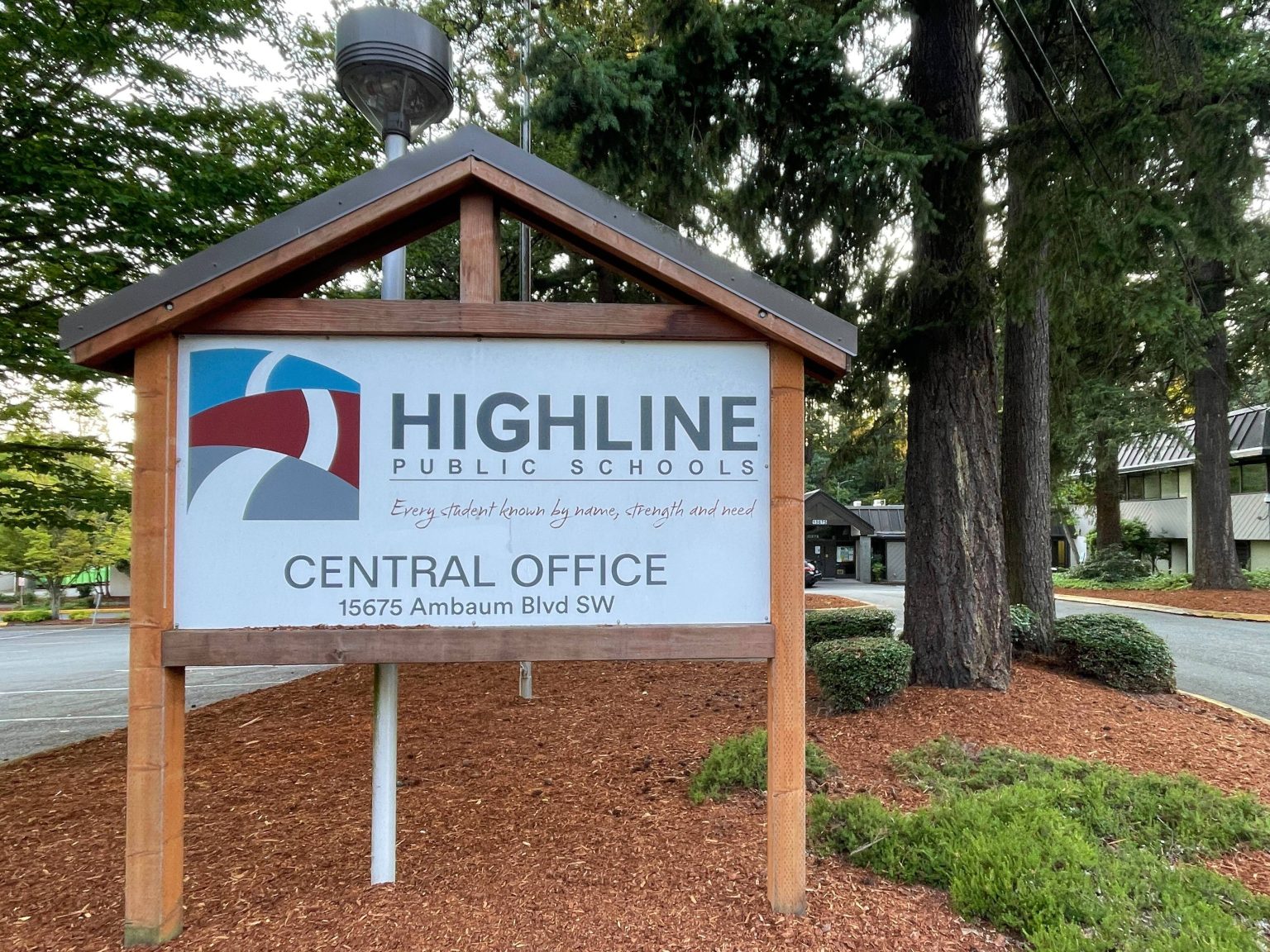Highline Public Schools, located south of Seattle, recently faced a cyberattack that forced the district to cancel classes for three days. The district announced that schools would reopen on Thursday, although there would be no working internet. Staff members were advised not to use their district-issued computers or laptops until further notice, and administrators would provide specific instructions for reopening to each school and department. The cyberattack impacted critical systems, such as school bus transportation, attendance tracking, and emergency communications.
With 17,500 students, Highline Public Schools is just one of many educational institutions that have fallen victim to cyberattacks in recent years. Schools are increasingly targeted by cybercriminals due to the valuable and sensitive information they store online about students and staff. Additionally, the essential nature of school operations, combined with the limited resources, expertise, and mandate for strong cybersecurity protections, makes educational institutions vulnerable to such attacks. Other organizations in the Seattle area, such as The Port of Seattle, the city’s library system, and the Fred Hutchinson Cancer Center, have also experienced cyberattacks in the past year.
The cyberattack on Highline Public Schools highlights the growing trend of cybersecurity threats facing educational institutions. While schools heavily rely on technology for daily operations, many lack the necessary resources and expertise to adequately protect against cyber threats. As a result, schools are often seen as attractive targets by cybercriminals seeking to exploit vulnerabilities in their systems. This has become a significant concern for school districts across the country, as cyberattacks can disrupt essential services like transportation, attendance tracking, and emergency communications.
In response to the cyberattack, Highline Public Schools took immediate action to isolate critical systems and restore certain segments of its digital network in a secure manner. The district worked on a plan for schools that rely on virtual learning and advised staff members to refrain from using district-issued computers or laptops until further notice. Despite the disruptions caused by the cyberattack, the district aimed to reopen schools and resume operations as quickly as possible.
The incident at Highline Public Schools underscores the need for increased cybersecurity measures in educational institutions to protect against cyber threats. As schools continue to rely on technology for teaching, learning, and administrative functions, it is crucial that they invest in robust cybersecurity protections to safeguard sensitive information and critical systems. By prioritizing cybersecurity awareness, training, and resources, schools can reduce the risk of cyberattacks and mitigate the potential impact on students, staff, and operations.
In conclusion, cyberattacks on schools, such as the recent incident at Highline Public Schools, highlight the need for enhanced cybersecurity measures in educational institutions. As cyber threats become more prevalent and severe, schools must prioritize cybersecurity awareness, training, and resources to protect against potential attacks. By investing in robust cybersecurity protections, schools can safeguard sensitive information, critical systems, and essential services, ultimately ensuring the safety and security of students and staff.


